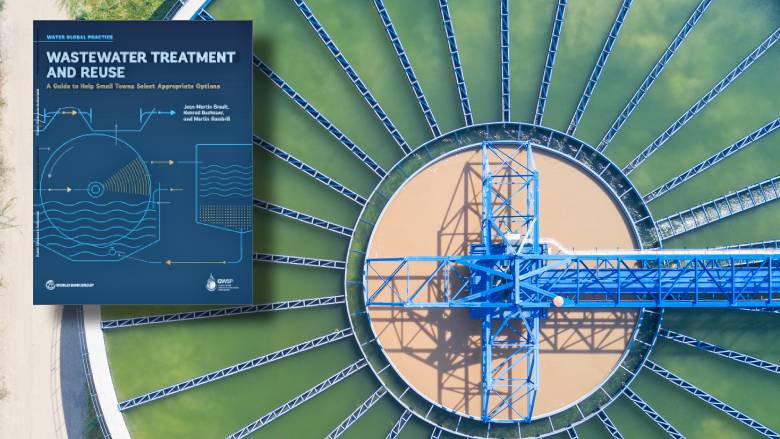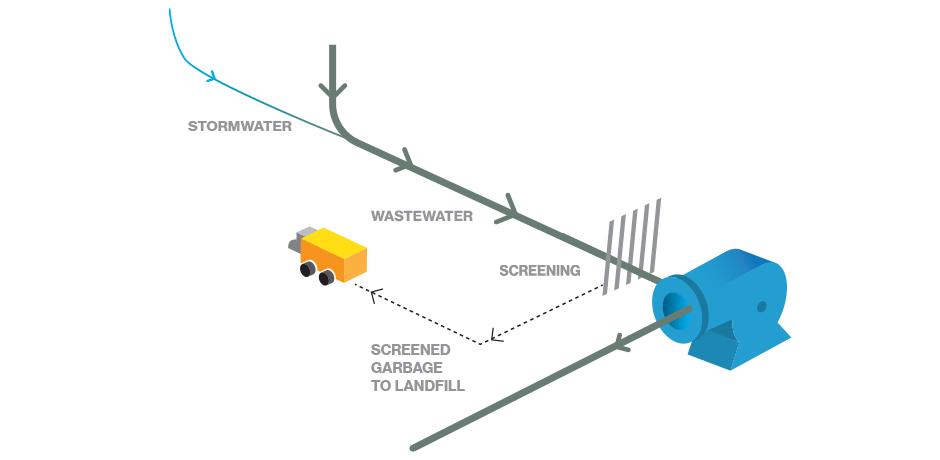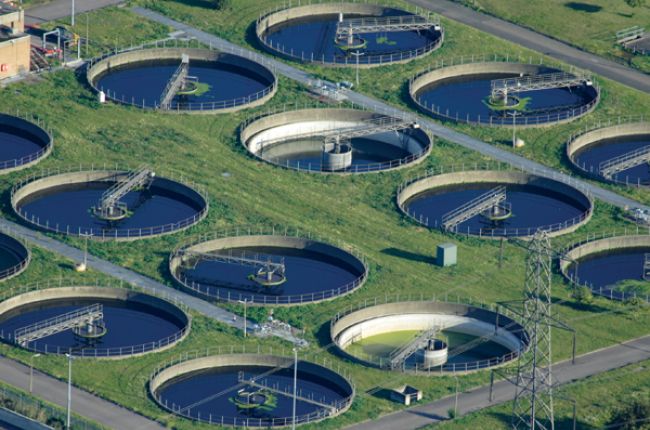Strategic Approaches to Improve Waste Water Therapy Efficiency and Lessen Ecological Influence
In the realm of waste water treatment, the mission for improved performance and lowered ecological impact is a perpetual challenge that demands critical remedies. As society comes to grips with the vital to take care of water resources sustainably, a nuanced method ends up being important. The combination of sophisticated therapy technologies, energy-efficient processes, source recovery approaches, improved nutrient elimination techniques, and wise tracking and control systems represents a multifaceted framework for dealing with these pressing issues. What exists at the core of this complicated web of techniques is the potential to revolutionize the way we come close to waste water therapy, not just as a process of disposal, but as a beneficial possibility for technology and ecological stewardship.
Advanced Therapy Technologies
Advanced membrane filtering systems have reinvented innovative wastewater therapy procedures, dramatically boosting the elimination of impurities. This modern technology has actually confirmed to be very efficient in removing a wide range of contaminants, including drugs, hefty steels, and natural substances, which are commonly testing to get rid of with conventional treatment techniques.
Additionally, membrane layer purification systems supply countless advantages over traditional treatment methods. They need less area, create higher-quality effluent, and are much more resistant to fluctuations in influent water quality. Additionally, these systems are highly versatile and can be easily integrated into existing treatment plants or used as standalone devices for decentralized applications. As the demand for tidy water proceeds to rise, the adoption of innovative membrane layer filtration technologies is vital to ensure lasting and efficient wastewater treatment techniques.
Energy-Efficient Processes
The assimilation of energy-efficient processes in wastewater therapy systems is important for optimizing resource application and minimizing functional costs. By applying energy-efficient innovations, therapy plants can considerably lower their carbon footprint and total environmental influence. One crucial technique to enhancing power performance in wastewater therapy is the utilization of sophisticated aeration systems, such as great bubble diffusers or surface aerators, which can enhance oxygen transfer performance and decrease energy usage. In addition, incorporating energy recuperation systems, like anaerobic food digestion for biogas production or using excess warm for thermal procedures, can help offset energy needs and advertise sustainability.
Moreover, enhancing procedure control and automation via the use of advanced sensors and keeping track of systems can improve general power effectiveness by changing operations in real-time based on real need and problems. Carrying out power audits and regularly monitoring power efficiency signs are crucial practices to identify areas for enhancement and track energy-saving efforts successfully. On the whole, the adoption of energy-efficient procedures in wastewater therapy not just benefits the atmosphere but additionally adds to long-term price financial savings and operational sustainability.
Source Recuperation Strategies
With a focus on optimizing resource usage and sustainability in wastewater therapy systems, the application of resource recuperation techniques emerges as an essential aspect in improving operational effectiveness. Resource recovery techniques in wastewater treatment involve the identification and extraction of beneficial sources from the waste stream, consequently transforming what was as soon as considered waste into an important possession. By implementing source healing techniques such as nutrient elimination and healing, energy generation from raw material, and the production of reusable water, wastewater therapy plants can lessen environmental influence while making best use of performance.

Improved Nutrient Removal Techniques
Implementing innovative nutrient elimination strategies is essential for maximizing the performance of wastewater therapy systems. One of the vital techniques utilized for improved nutrient removal is the procedure of organic nutrient removal (BNR), which includes the elimination of nitrogen and phosphorus via organic processes.

In enhancement to BNR, advanced treatment methods such as membrane bioreactors (MBRs) and constructed wetlands can additionally be used to boost nutrient elimination performance. By including these innovative nutrient elimination methods into wastewater treatment systems, industries and towns can effectively lower nutrient air pollution and protect the environment.
Smart Monitoring and Control Systems
Using sophisticated modern technology, the integration of smart tracking and control systems transforms the operational performance of wastewater therapy centers. These pop over to this web-site systems integrate sophisticated sensors and information analytics to constantly keep an eye on crucial specifications such as pH levels, turbidity, dissolved oxygen, and circulation check this site out rates in real-time. By collecting and evaluating this data, operators can gain beneficial insights into the efficiency of the therapy procedures, enabling proactive modifications to enhance treatment efficiency.
Smart surveillance and control systems also sustain remote monitoring abilities, enabling operators to access real-time information and control features from off-site locations. This remote access improves functional flexibility and responsiveness, allowing speedy interventions in situation of system breakdowns or fluctuations in influent high quality. The anticipating upkeep capacities of these systems help stop devices failures and lessen downtime, inevitably improving the general dependability of wastewater therapy procedures.
Verdict
In conclusion, calculated techniques such as innovative treatment technologies, energy-efficient processes, resource healing methods, boosted nutrient elimination strategies, and smart monitoring and control systems play a vital duty in boosting wastewater therapy performance and decreasing ecological influence. By applying these strategies, wastewater therapy plants can boost their total efficiency, lower power intake, recuperate valuable resources, and make sure conformity with environmental policies. These techniques are crucial for reliable and lasting wastewater administration methods.

In conclusion, calculated approaches such as innovative treatment modern technologies, energy-efficient procedures, source healing approaches, improved nutrient elimination techniques, and clever monitoring and control systems play an essential duty in enhancing wastewater therapy efficiency and lessening environmental influence.